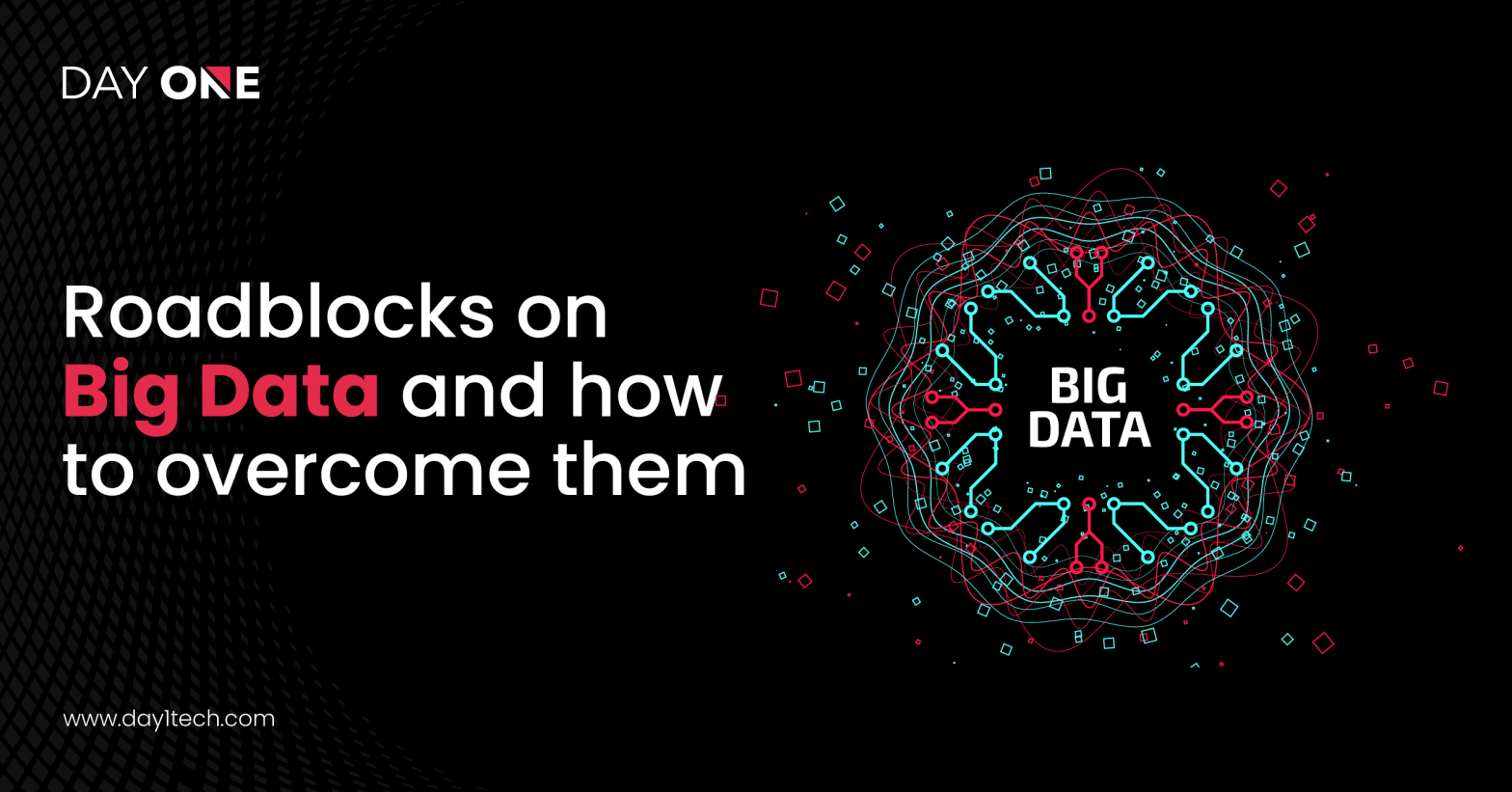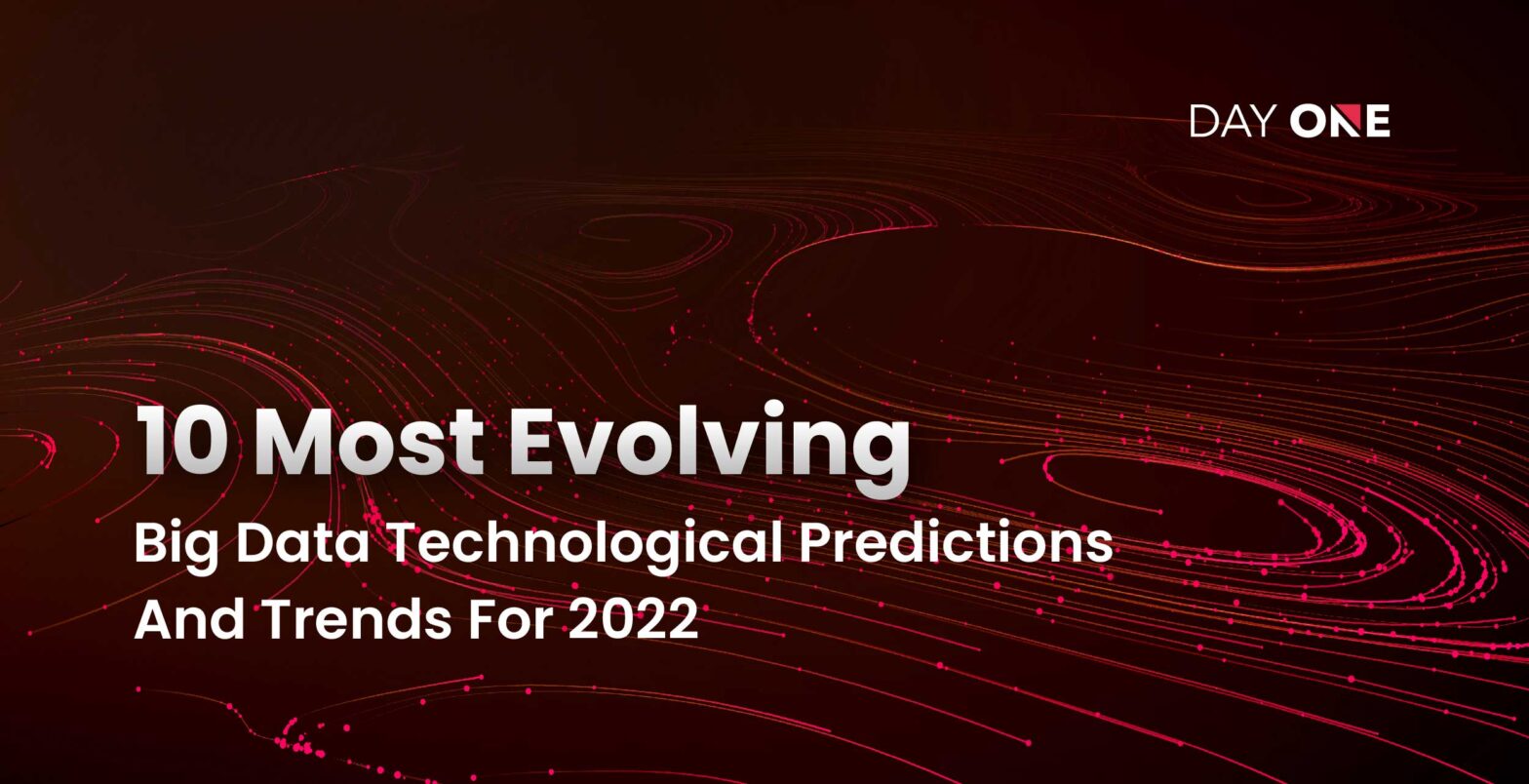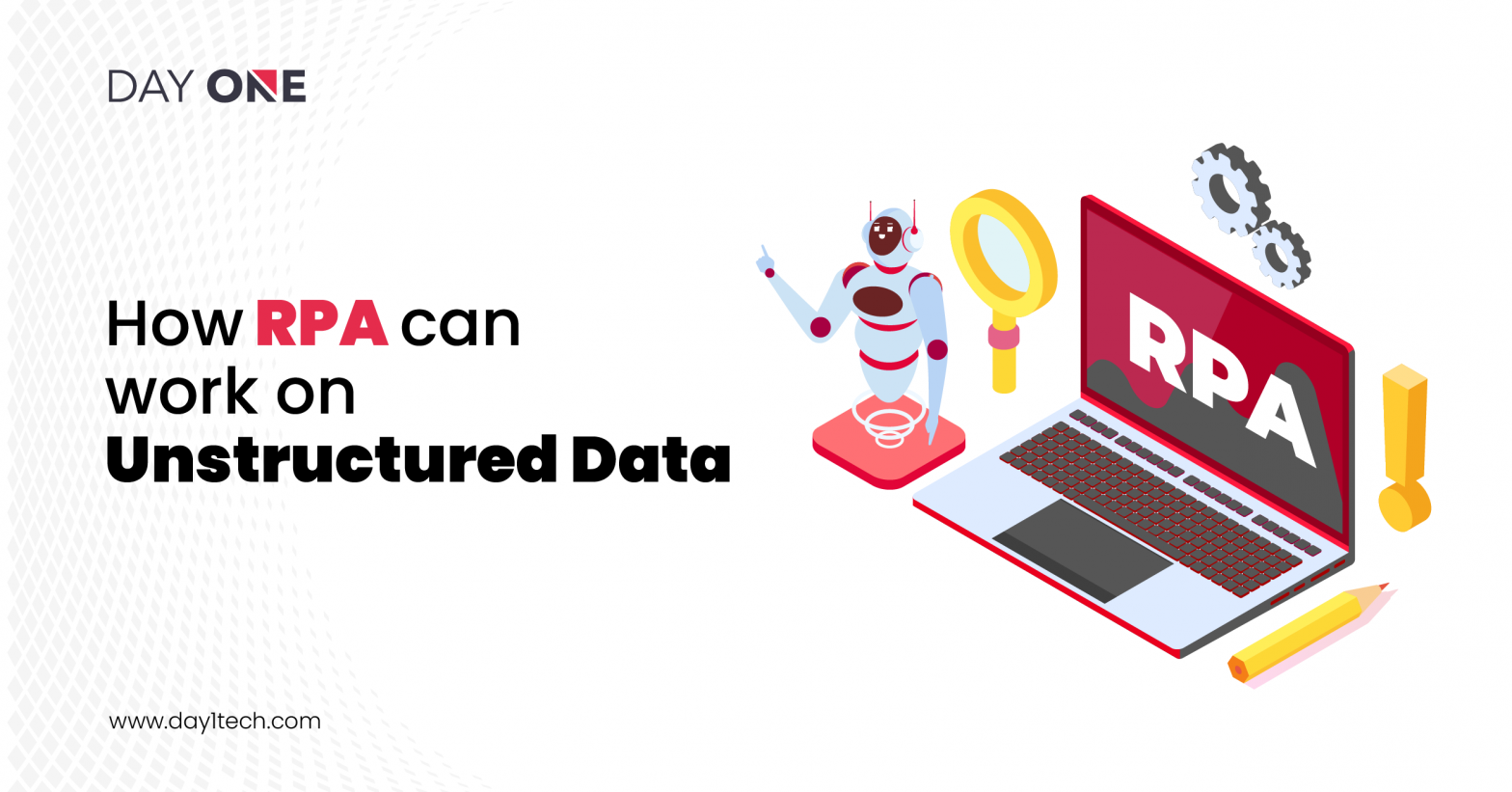Roadblocks On Big Data and How to Overcome Them
admin
Big Data
July 29, 2021
7 min read

Data plays a very important part in our life. From the transaction to shipment data, from pictures to videos, there are tons of data that surround us each moment. Data needs to be stored efficiently so that they can be tracked or used for further proceedings. But when we talk about data sorting and storage for companies, we know the data is not going to be small. In such situations, data can’t be encompassed by traditional technologies that rely on analysts only. Data running in tons of terabytes calls for technologies that are not rudimentary but are progressive with the time we are living in.
Big Data
Data expanding in large magnitudes that need to be stored and processed comprises big data. A popular example can be social media, where each passing hour, data over 20 terabytes are added to the system in the form of visuals and texts.
These data stored can be in structured form or unstructured. What makes the data so overwhelming is not only their volume but also the variety in the content that they encompass, i.e., from stocks to company deals, from emails to list of transactions…as the enterprise grows in magnitude, so does its and its affiliated group’s data.
Now, you might wonder what the use of accumulating and using tons of space (and energy) in saving data that might have no direct link to the situations at hand is. The problem is, you never know when or how they might come in handy. However, a brief look over the data recorded can help the analyzer find answers to several questions that the company is facing or will face in the future.
Big Data Analysis
If you want to refer to the data to solve your problems, you must know where to look for it. Typically, the data stored will be a random group of data which includes everything from google results to social media responses. Many of these resources collected may not even fall in the required category. Hence, big data becomes nothing more than a pile of laundry clothes that grow each day with no productive result.
That is, big data are just a heap of unusable data if it is not processed. Searching for the desired data among tons of unfiltered and unprocessed data is even harder than finding a needle among the haystacks. This calls for the need for analytics who analyze the data using an advanced analytical tool to classify and process data of all kinds.
Traditionally big data are analyzed by skilled professionals like data scientist or analyst who are tasked with the duty to collect the entire data from all walks associated with the company, process them, and then use analytical software which is tasked with segregating and retaining valid information which further can be used to develop the algorithms of the company.
Roadblocks of big data
With multiple benefits, big data is an essential narrative for the company. However, the analysis of big data faces some challenges.
First and foremost would be the magnitude of data. With data growing larger and larger each passing day, it is becoming increasingly difficult to store and manage them for later accessibility. Data processing should be easy to comprehend and deciphered by people concerned without any difficulty. The complicated procedure involved during the organization of the data and maintaining the quality of the different formats require considerable time and patience.
The second question that arises is of the security of the system. The data involved in the procedures contain sensitive information ranging from employee details to customer outreach. If not secured, the company becomes vulnerable, exposing its customer base and approach plans. Hence, trusting the right resource person with the right skill set is the major demand of the uphill task.
Adding to it, the data type is of no additional help. Most of the data are raw and isolated in fragments making it difficult to incorporate all efficiently under one umbrella. The challenge becomes more difficult to comprehend and analyze when the rigid system used is not capable enough for the data they face. Moreover, the duplicated and incorrect or incomplete data needs to be removed from the system sequentially not to overload the required segment.
This is where Artificial Intelligence (AI) comes in to save your day!
Big Data and AI
This task of sifting through large data can be done in just a few seconds with algorithms that are specially designed for them. Mastering through data that can take days to be completed using rudimentary steps is now at the hands of your click. However large it be, the data pool can pass through the endless algorithms to be categorized and filtered into the desired category. Another point that makes this technology the best is the constant endeavors that algorithms make to learn and better itself. With each new encounter, the learning experiences keep going on, making the artificial intelligence adapt to the changing times and differentiate between subtly different data.
This makes AI a great asset in the field of big data analytics. Using AI for analytical work has been found to have close to 80% success in physical work and about 60% success on data collection, according to Forbes. This is a huge success in automating the analytical process for the industry.
Even in AI, there are many different options for you to seek out. Trusting a skilled and safe organization that brings to you experienced analysts at a reasonable cost is what most companies look for. Hence, while zooming in on one of the service providers, make sure that they are able to meet your growing demands. Otherwise, your investment goes down the drain.
Big Data Technologies
Big data is essentially a collection of vast amounts of data. Hence, big data technology use tools that aid in the process. From data mining to its storage and visualizing, the technology needs to be equipped on all fronts to make the investment worth it.
The technologies mainly fulfill two requirements. First, the operational technologies that sort for the data from the related field. And the second is analytical technologies responsible for the analysis of the data collected by the former.
The leading technology on this is AI. The power of Siri and Alexa is not unknown to us. It is overwhelming to witness the power of the AI that evolved right before us. Nevertheless, here are some other technologies for the Big Data Market.
Technologies like NoSQL Database, R Programming, Hadoop Ecosystem, and Data lakes programming models are equipped to help you deal with those massive data.
AI Technology and development
There are hordes of content on the web. The web alone contributes to more than half of the data collected for the analysis. Things with relation to the inputs fed into the intelligence make their way to the data file. The problem arises when the data may be useful or not. This distinction arises only when the data inputted is complemented with human intervention, starting its trial-and-error system.
Thus, a close network of the analyst and the AI works together to filter and sort big data easily. There are multiple features that an AI aims to achieve. Language processing and computer vision are top skills that will help the AI extract useful data from tons of resources available online. Other features like general aptitude and reasoning follow the long unending list of demands from the AI to emerge as a tool for data analytics.
This gives an inference on the massive data that itself goes into building up and the subsequent AI development. But why is AI the go-to stop for the analysis market today? The only answer is the growth of big data that never stops. With the exponential rise in contents and even more contents to filter through, the task is tremendous to be performed using an analyst or even the rudimentary steps. Thus, even though AI demands a learning period, it is the most viable option in the present day scenario where the data never stops expanding.
Adding to it, AI is capable of accelerating the process of analysis, using the set templates for conforming data accordingly. A simple input can rectify the general error seen in the data collected and analyzed. This decreases the error percentage by large numbers. Moreover, with advancing data, the AI is capable of indicating the anomalies seen in the system and can compute the potential growth pattern it may lead to.
Benefits of big data
Sorting large uncompiled data into useful resources has multiple direct and indirect benefits. Schematically filling data into different databases helps to sort them to be easily accessed at the time of need. Some of the benefit befitted by the company by big data analysis are:
- Better strategy. Over its growth period, the company adopts several strategies at different times in accordance with the shift in trends seen in the consumer market. The compiled data can help you identify the moves that were crucial for the company’s success and can be further adapted or improved for the current situation.
- Information at a single glance. The data analyzed comprises the history of the company over the years. Hence, any new individual taking over the authority can quickly know about the policies and the profits undertaken by previous management.
- Better customer service. Consumer data for products help you to verify them and create for them a better user-friendly platform. Engaging with consumers, rewarding them with benefits, and addressing their grievances in real-time is one thing that consumers look forward to. Take a look at the service providers like Amazon and Flipkart, who have successfully integrated offers for consumers along different strata.
- Predict and experiment with things. An analyzed data helps you experiment with how changes in the base factors can affect the hierarchical system without actually going through it. Data also helps to make changes to services and products and look for the final results.
- Get red signal for dangers. The unstructured data compiled related to the product may help you look out for the imminent negative effects and risks that the service may face. Trends especially compiled using the large data sourced from unstructured data are bound to change periodically. It might be best to use analysis and wait for when the product soars to demand before launching it to source in larger profit or avoid loss.
- Compare growth chart with competitors. Using the data, you can compile your trajectory with that of the competing companies. For successful growth, learning from the competitors is the best way to grow with them. You can also avail information of big companies and look for inputs from their business and marketing strategies.
The problem you might face!
Relying on a trusted agency to do the work is the best way to achieve the most systemic and desired data analyst. However, not all analyst companies are equipped to support a growing business. Shorthand on staff and people of expertise is a major factor that comes as a hurdle when dealing with business platforms that grow exponentially.
However, to avoid losing the business deals, the company may not be willing to share the details of the analysis with their competitors (i.e., larger analyst companies). In these cases, the company has to take a call on whether to remain with the parent analyst or to move forward depending on which scenario is more practical for their present and future dealings.
This vendor lock-in is a general tactic used by the developers to avoid losing consumers in case of growing competition. Hence, while choosing for analyst system, keep this legal angle in mind.
If you are looking into a partnership that evolves into developing internal standards for the algorithm, make sure you convey the same to the vendors. Aligning the algorithm internally requires a lot more expertise than using an existing tool with no upgrade. Thus to avoid complicating things between the IT department and you, set forth your demands and see if they can meet them.
Establishments have their method of analyzing their growth and chart. A systemic and practical approach for the same would be to rely on data that the company has witnessed over the years. Sorting and filtering through these large bulk data require management which can be easily achieved with the help of AI Technology for data analysis.
Hence, whether you use strategies based on facts or impulse, a scientific analysis backing the move might prove detrimental for its future.
Explore More Blogs
Testimonials What customers have to talk about us
Finch (previously Trio) – Growth with Investing, with benefits of Checking
Reading Time: < 1 minThe Finch (previously Trio), one of our clients today has reached this level with our expertise and with a great team of developers in Day One, who have made every stone unturned in making this project a big success.
Neel Ganu Founder
USA
Vere360 – VR based Immersive Learning
Reading Time: < 1 minDay One helped Vere360 “fill skill gaps” and build a platform that would cater to their niche and diverse audience while seamlessly integrate the best of #AI and #VR technology.
Ms. Adila Sayyed Co-Founder
Singapore
1TAM – Video Blogging Reimagined
Reading Time: < 1 min‘1TAM’ was only for iOS with gesture-based controls, advanced video compression techniques, and a simple architecture that allowed actions to be completed in 2-3 taps. The real challenge for ‘1TAM’ was to keep it distinct which bought brilliant results with all the strategies and approaches implied for best video compression techniques.
Anwar Nusseibeh Founder
UAE
Fit For Work – The Science of Workplace Ergonomics
Reading Time: < 1 minDay One Technologies came with the expertise that was required and helped in building a platform that is edgy, functional, and smart, delivering engagement and conversions at every step.
Ms. Georgina Hannigan Founder
Singapore
SOS Method Meditation for ‘Busy Minds’
Reading Time: < 1 minDay One Technologies helped in building an innovative mobile app (for #iOS and #Android) that’s easy-to-use, engaging, and data-driven to help users reap the most at every point.





